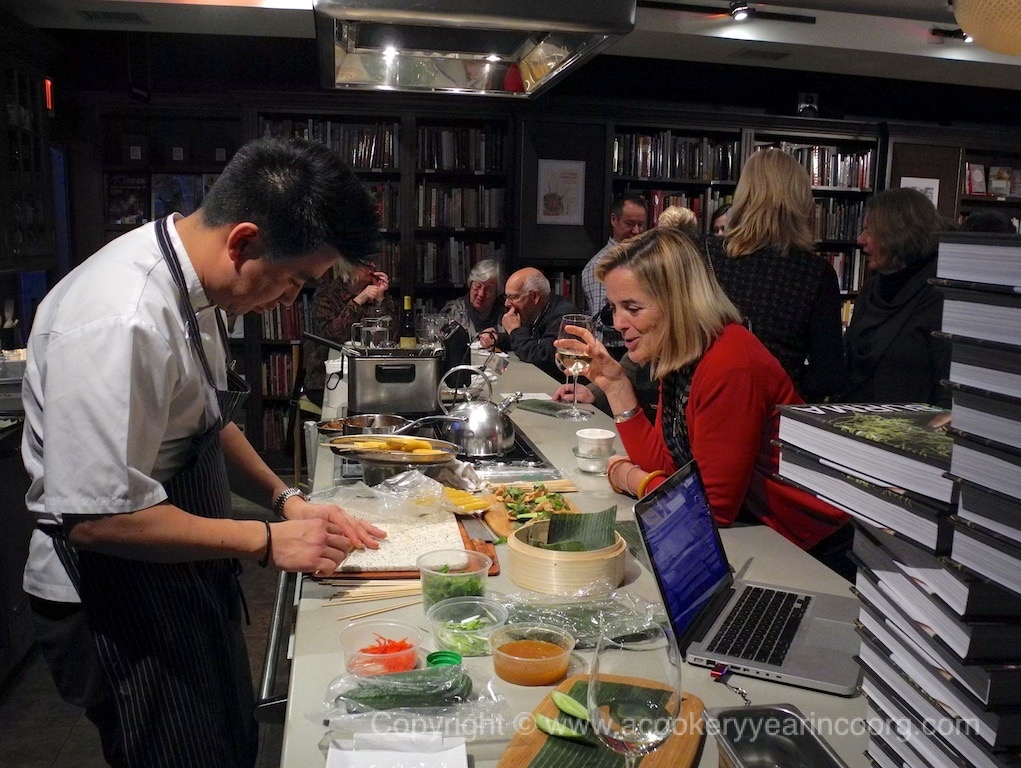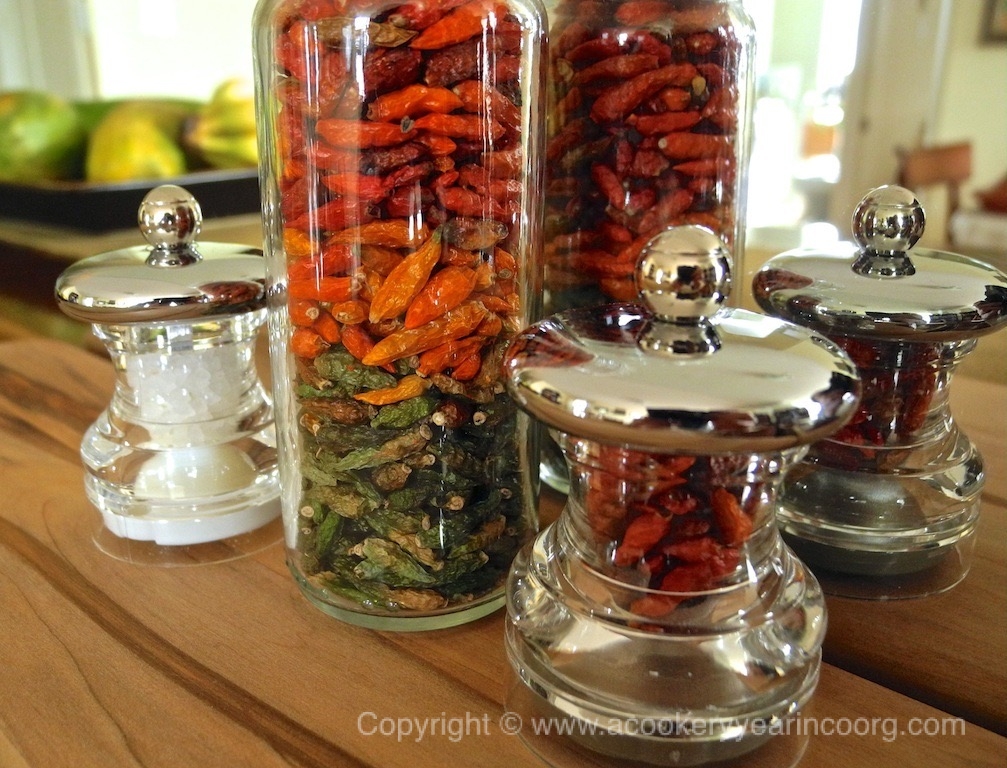Canadian author Naomi Duguid introduces herself on her website as being “curious about the world, an insatiable asker of questions…writer, photographer, storyteller, traveller“. Well, it takes a special gift to be able to meld those qualities and talents in the way she does, unfailingly engaging readers time and again.
Like so many readers (and cooks) around the world, I’ve been travelling vicariously with Naomi for many years now, going back to the day I came upon “Flatbreads and Flavors: A Baker’s Atlas” in a Vancouver bookstore. (That was the first of her six award-winning cookbooks*, co-authored with Jeffery Alford). And ever since, I’ve been straggling along in the wake of her passage through countries as far flung and unfamiliar as Senegal, Azerbaijan and Mongolia, and some as near and familiar as India!
Through a medley of recipes, beautiful photographs, and evocative vignettes of places and peoples, Naomi lets you see and share more than just the food and foodways of those she meets on her travels. Her books read like the diaries of someone in love with the world. And that passion is infectious!
So, naturally, I was thrilled to meet Naomi in person when she visited Vancouver last November, on a book tour for her newest work, “Burma: Rivers of Flavor”.


